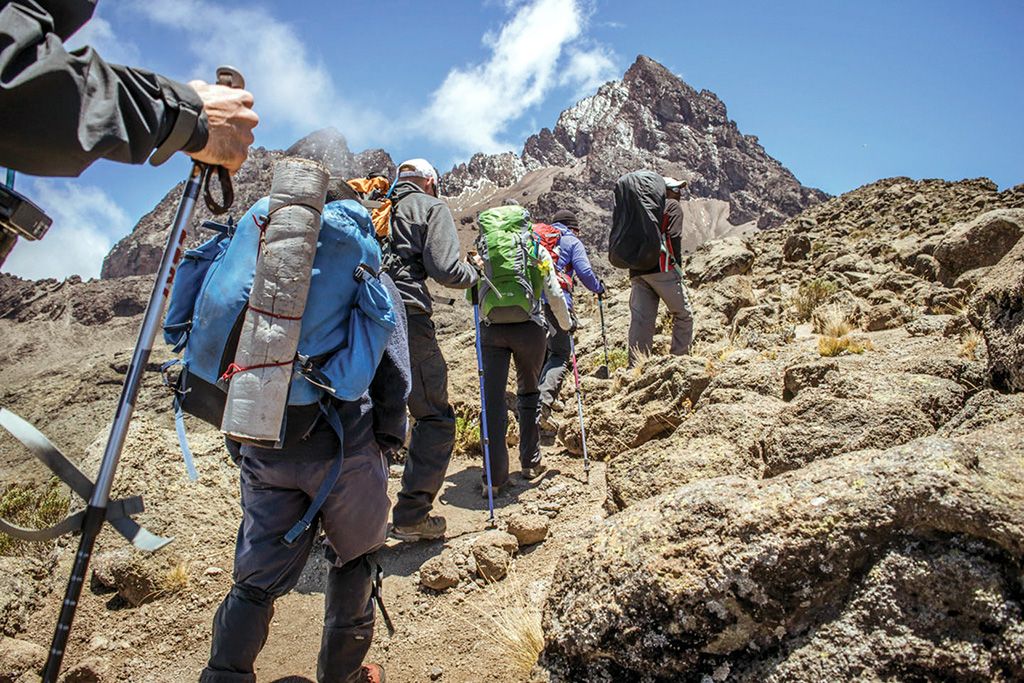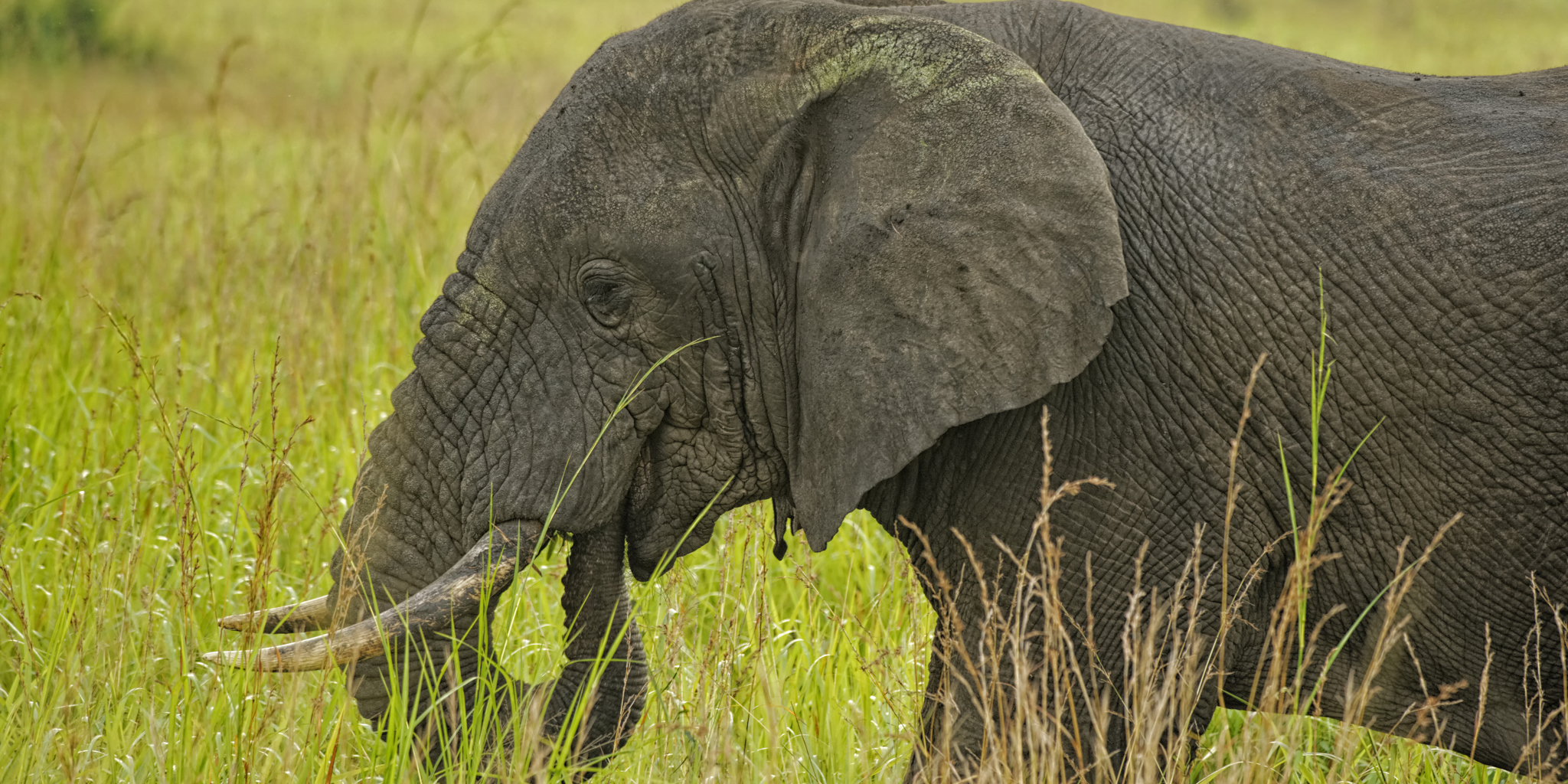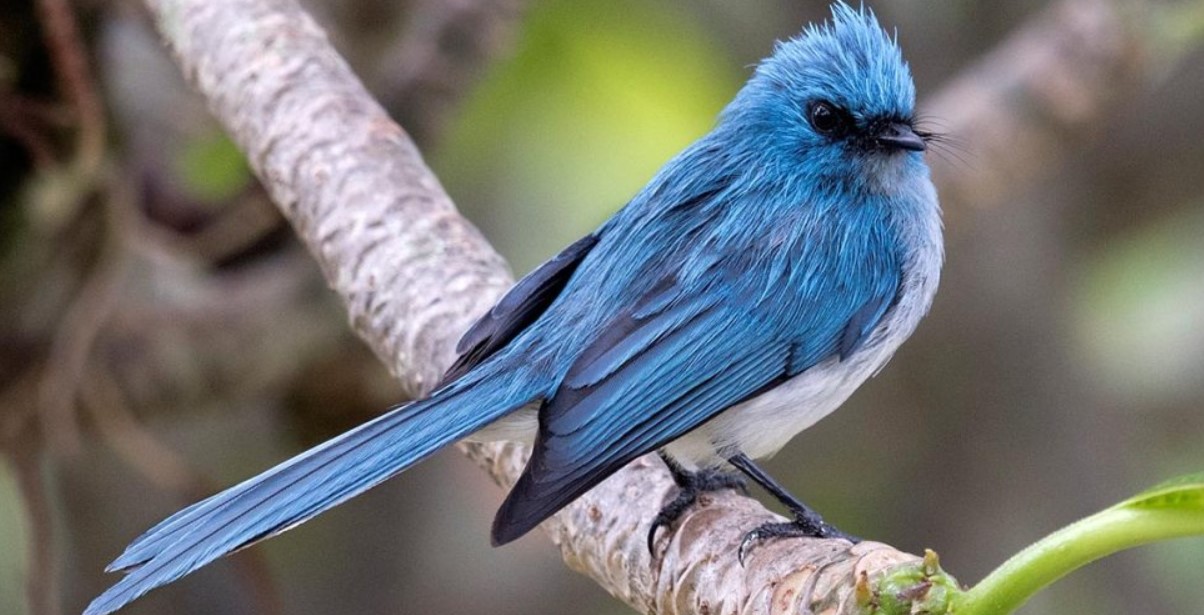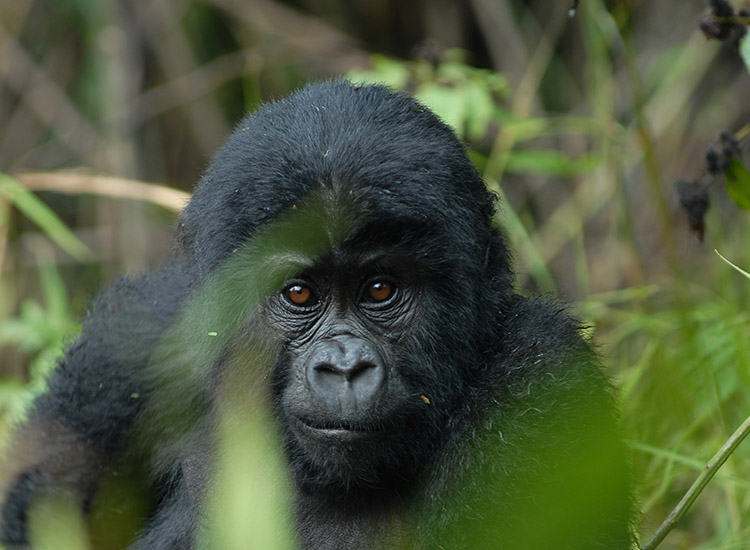What is Queen Elizabeth National Park famous for? Queen Elizabeth National Park it is located…

Tanzania hiking safaris
Tanzania hiking safaris : One of the most exciting activities accessible on Tanzania safaris is hiking . Many ancient mountain ranges surround Tanzania, offering beautiful scenery, diverse wildlife, and exciting hiking opportunities. Tanzania is recognized as the best country in Africa for climbing and hiking excursions since it is home to Kilimanjaro, the tallest peak in the continent. The country has one of the richest mountain habitats with its abundance of aesthetically pleasing, dormant, and active mountain ranges, including Mount Meru, Mount 01 Doinyo Lengai, the Usambara Mountains, the Udzungwa Mountains, the Mahale Mountains, Rungwe Mountain, and the Ngorongoro Crater. This amazing destination offers much more than that, though.
In addition, the majority of these magnificent mountains are found within Tanzania’s main national parks, giving hikers the opportunity to get up close and personal with the country’s abundant wildlife, fauna, and spectacular landscape. However, when organizing your hiking safari in Tanzania, be aware of the park entrance fees. Hikers on Tanzania hiking safaris should enjoy the experience of a lifetime, from the quick and simple treks across craters and hills to the more difficult and time-consuming treks across Africa’s largest free-standing peak.
Here are some of Tanzania’s top hiking locations;
MOUNT KILIMANJARO
Tanzania’s most well-known hiking destination is Mount Kilimanjaro, the tallest peak in Africa at 5,895 meters above sea level. The mountain is dormant, but because it has one of the most impressive peaks, it attracts a lot of hikers who are always curious and motivated by the desire to conquer it. Furthermore, Mount Kilimanjaro is the most fascinating mountain in Tanzania because hiking it doesn’t require any special skills.
Seven routes, including Machame, Marangu, Mweka, Lemosho, Umbwe, Rongai, and the Shira routes, are frequently utilized to reach Mount Kilimanjaro’s summit (Uhuru). Lemosho is one of the most picturesque climbs, and it takes five to nine days to reach the peak using each of these ways. On the other hand, although being a somewhat steep climb, the Machame trail also features lovely landscapes. The easiest routes are along the Rongai and Marangu rivers, but the Rongai route is less beautiful and more congested than the Marangu route. Nevertheless, you can be sure that your hike will be enjoyable no matter which route you choose to take. All of its routes lead you through five different climatic regions, from lush evergreen forests, heaths, and dense shrublands to an unsettling desert region populated only by dull-colored rocks and, finally, to an alpine summit covered in snow.
You might see a variety of monkeys and wild creatures, like antelopes and buffaloes, during the trip. Although hiking tours on Mount Kilimanjaro are available throughout the year, the best months to go are January through March.
MOUNT MERU
Mount Meru, which is situated near Arusha, Tanzania, is the second-highest mountain there, rising 4,562 meters above sea level. Particularly for those looking forward to conquering the renowned Mount Kilimanjaro, the dormant stratovolcano provides thrilling hiking adventures. Since Mount Meru is a lower mountain than Kilimanjaro, it is the ideal choice for acclimatization. Within Arusha National Park, Mount Meru is a dormant, horseshoe-shaped crater that never gets snowy. The Ngurdoto crater, momella lakes, a diversity of fauna, primates, and birds are just a few of the spectacular trekking attractions that can be anticipated on Mount Meru.
There is just one way that leads to Mount Meru’s peak, colloquially known as Socialist Peak, which climbs to a height of 4555m and requires a three to four-day hike. This route is known as the Momella. From the east, hikers walk 45 kilometers (27 miles) over the northern ridge to the summit. If this is your first time trekking, start preparing at least two months in advance of the hike. Since Mount Meru is in bloom from June through March, this is the ideal time to go hiking there.
OL DOINYO LENGAI
01 Doinyo Lengai is a magnificent mountain range in Tanzania that is situated about 16 kilometers (9.9 miles) south of Lake Natron and about 120 kilometers (75 miles) northwest of Arusha. 01 Doinyo Lengai is the only active volcano in Tanzania that occasionally erupts and ejects carbonatite magma, which is a highly unusual and unusual sight. The phrase “Mountain of God,” which translates to “mountain of God” in Maasai, is how the volcano got its name. This word refers to the hot lava outburst that led the natives to think it had cosmic origins. To ask the gods for what they need, locals climb it.
Surprisingly, 01 Doinyo Lengai is reputed to be one of Tanzania’s most challenging mountains to climb—significantly more challenging than Kilimanjaro. Despite having a high point at 3,188m, it is only a short hike. To avoid the heat, hikes up the volcano start at midnight, and the descent takes place during the day. The hike ascends steep slopes across volcanic ash and gravelly terrain.
Hikers may see the Great Rift Valley, Lake Natron, and the snow-capped Mount Kilimanjaro from the peak. Furthermore, citrus trees and ornamental gardens predominately cover the lower slopes of the crater rim. Depending on one’s level of physical fitness, hiking the 01 Doinyo Lengai takes between eight and twelve hours. From June to September is the best season to go a safari there.
USAMBARA MOUNTAIN RANGES
Northeastern Tanzania is home to the ancient Eastern mountain ranges known as the Usambara Mountain Ranges. The range, which stretches from Kenya to Tanzania, is about 110 kilometers (70 miles) long, 64 kilometers (on average 30 miles) wide, and climbs 2,440 meters above sea level. The East Usambara range, which extends close to the shore, and the West Usambara range, which is considerably smaller, are frequently considered to be separate Usambara ranges. Both Loshoto town and Amani town offer access to the ranges.
Tanzania’s Usambara highlands, home to some of the planet’s most breathtaking wildlife, provide arduous hiking opportunities. Because it offers the best, most convenient hiking trails with stunning views, the range is regarded as the best for hikers. The Muzumbai University Forest and the Amani Nature Reserve are two of the top attractions for nature lovers.
These ranges also offer the ideal views for bird watching because a variety of bird species call them home. The Usambara ranges are accessible by foot from Loshoto through a number of trails, including a multi-day walk to Mtae hamlet. The months of June through November are the most convenient and pleasurable times to travel.
UDZUNGWA MOUNTAINS NATIONAL PARK
The eastern Arc Mountain chain, which stretches from Tanzania to Kenya, includes this part. The Udzungwa Mountains National Park, in south-central Tanzania, is home to a variety of animals, including leopards, elephants, lions, dogs, birds, an abundance of insects, and stunning butterflies.
Wildlife aficionados will find this more appealing for hiking and climbing. The Sanje waterfall, which cis at a height of almost 170 meters, allows visitors to freely explore the forests and enjoy a clear perspective of everything in this region. Beautiful swimming holes and plunge pools near this waterfall draw a wide range of species. From June through October is the finest time to start hiking in the Udzungwa Mountains.
MAHALE MOUNTAINS
The Mahale Mountains National Park is the ideal location for chimpanzee trekking since it protects a population of chimpanzees that is of O significance; climbing tours here provide a once-in-a-lifetime chance to engage with the majestic chimpanzees. The mountain ranges’ highest point, Mount Nkungwe, reaches 2,462 meters above sea level. This mountain can be climbed in a 3-day hiking expedition, although caution and the help of a local guide are advised due to the presence of various predators including lions and leopards. At its highest point, Lake Tanganyika, which borders Marahale National Park, offers a lake view and opportunities for beach leisure. The months of May through October are the best for exploring the enigmatic Mahale Mountains.
RUNGWE MOUNTAIN
Since it protects a significant chimpanzee population, the Mahale Mountains National Park is the ideal location for chimpanzee trekking. Hiking tours here provide a once-in-a-lifetime chance to interact with the magnificent chimpanzees. The mountain ranges’ highest point, Mount Nkungwe, reaches 2,462 meters above sea level. This mountain can be climbed in a 3-day hiking expedition, although caution and the help of a local guide are advised due to the presence of various predators including lions and leopards.
At its highest point, Lake Tanganyika, which borders Mahale National Park, offers a lake view and opportunities for beach leisure. The months of May through October are the best for exploring the enigmatic Mahale Mountains.



